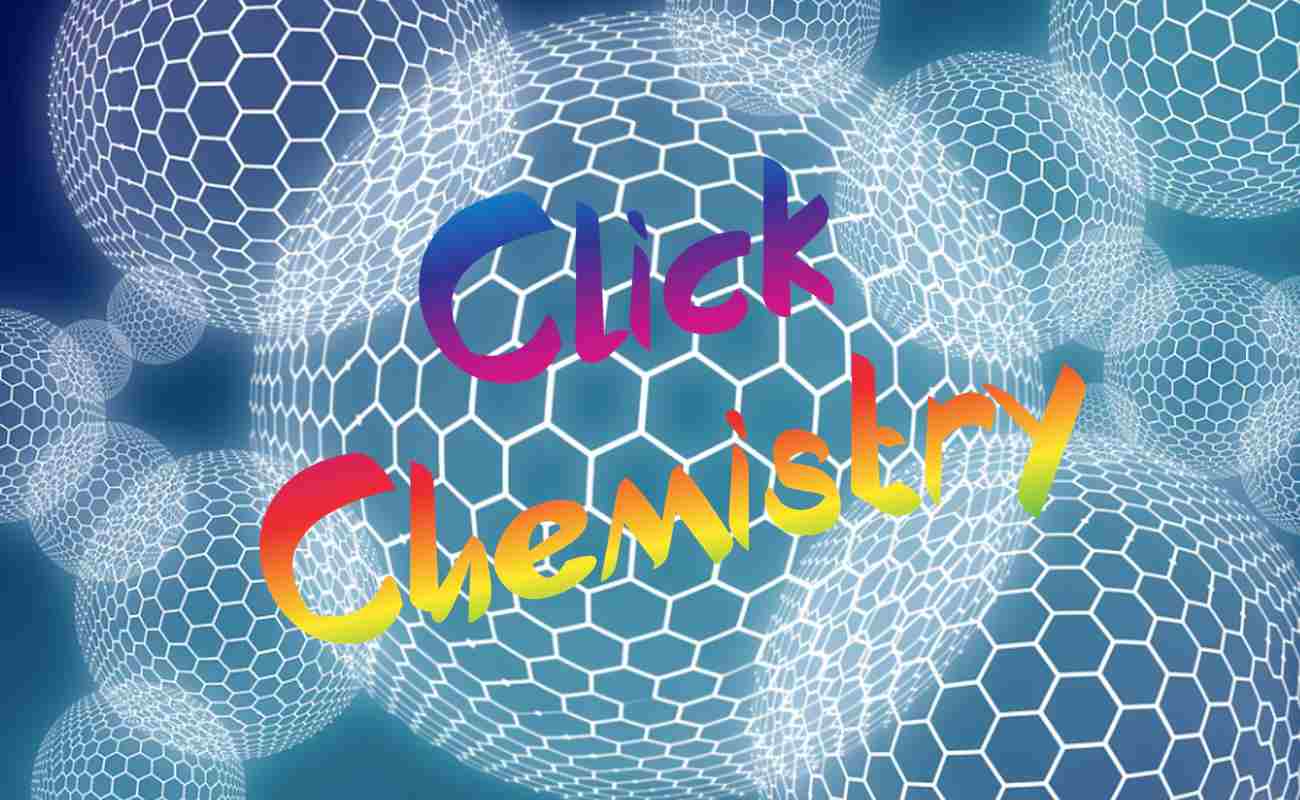Click chemistry; what is it that landed noble prize for click chemistry? What is the road ahead?
Click chemistry is a term that refers to a set of chemical reactions that are fast, efficient, and highly specific. These reactions are characterized by their ability to form covalent bonds quickly and with high selectivity, making them useful in a wide range of applications.
One of the most well-known examples of click chemistry is the copper(I)-catalyzed azide-alkyne cycloaddition (CuAAC), also known as the "click reaction." This reaction involves the formation of a triazole ring from an azide and an alkyne through a 1,3-dipolar cycloaddition. The reaction is highly specific, and can be used to selectively link a wide range of biomolecules, such as proteins, nucleic acids, and carbohydrates, as well as small organic molecules.
Another example of click chemistry is the strain-promoted azide-alkyne cycloaddition (SPAAC), also known as the "strain-promoted alkyne-azide cycloaddition (SPAAC)". This reaction is similar to the CuAAC reaction, but does not require a copper catalyst. Instead, the reaction is driven by the strain energy in the formed cyclohexene ring. This reaction also allows for the specific and efficient formation of covalent bonds between biomolecules, and has been used in a wide range of applications, including drug discovery, materials science, and biotechnology.
Click chemistry has been used in a wide range of applications, including drug discovery, materials science, and biotechnology. In drug discovery, click chemistry can be used to synthesize new compounds with specific biological activity, and to link biomolecules to small organic molecules to create new drug candidates. In materials science, click chemistry can be used to create new polymers and other materials with specific properties. And in biotechnology, click chemistry can be used to create new biosensors, diagnostic tools, and other biotechnological applications.
Overall, click chemistry has proven to be a powerful tool in the field of chemistry, with the ability to form covalent bonds quickly and with high selectivity. Its wide range of applications, from drug discovery to materials science and biotechnology, make it a valuable tool for scientists and researchers in a variety of fields. As research in this area continues to evolve, it is likely that new and exciting applications for click chemistry will be discovered, further expanding its impact and usefulness in the scientific community.

